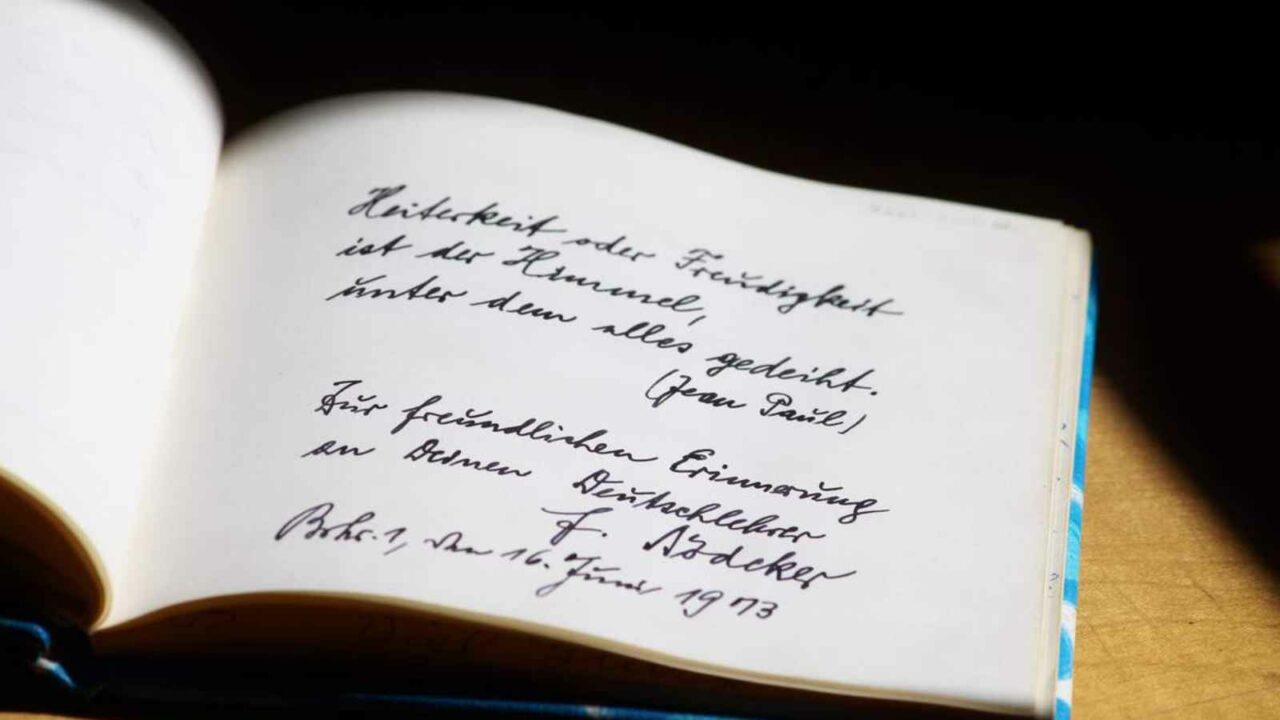Every April 17, International Haiku Poetry Day, an initiative of The Haiku Foundation, honours the art form. A haiku is an ancient form of Japanese poetry that consists of three lines with the syllable structure “five-seven-five” Japanese haikus not only tally syllables, but also sounds. Typically, haikus focus on nature, the passing of the seasons, or fleeting beauty. They utilise more images than metaphors, at the risk of sounding like your high school English teacher. Due to their brevity, they are also extremely concise. Test it!
As one of the world’s oldest and most widely used forms of poetry, many well-known poets composed numerous haiku. While Matsuo Basho is the most well-known, we may also recognise William Blake, T.S. Eliot, and Maya Angelou. And despite the size of the poem, it can be quite difficult to write. Try accurately conveying an entire moment or feeling in 17 syllables.
English haiku, however, does not always adhere to the strict syllable count of Japanese haiku. The typical length of haiku in English-language journals is 10 to 14 syllables, as opposed to the Japanese standard of 5-7-5 syllables.
International Bat Appreciation Day 2023: Date, History, Facts about Bats (newsd.in)
History of International Day for Haiku Poetry
The history of International Haiku Poetry Day traces the origins of this gorgeous and straightforward form of poetry.
Haiku originated as the introduction to another form of Japanese poetry known as Rengu. It was not until the mid-1600s that Hokku, the form in which Haiku was found at the time, began to appear independently of its parent form, Renga, and its Renku origins.
Masaoka Shiki, a well-known Japanese poet, author, and literary critic, renamed Hokku to Haiku in the late 1800s, when it first appeared independently. Despite the fact that Shiki only lived for 35 years, he is credited with writing nearly 20,000 stanzas, which is an impressive feat. He was regarded as one of the first notable masters of haiku.
Matsuo Bash and Ueshima Onitsura are two additional masters who contributed to the development of haiku poetry as an independent art form. These two were regarded as Masters of Poetry, and they promoted Haiku so that it could be understood and appreciated outside of its original context, Renku. Basho’s significance to the history of haiku was such that he was deemed a “Saint of Poetry” a century after his death.
How did Haiku become popular in the Western world?
Hendrik Doeff, an improbable Dane, was held accountable for this, and consequently it appears in school textbooks. As Nagasaki’s commissioner of commerce in the 19th century, he developed an appreciation for the art of Eastern poetry. Although he was able to introduce it to the West on his own, it was not initially well received. In fact, it wasn’t until the early to mid-1900s that Haiku was translated into English.
Regardless of a person’s native language or origin, the number of syllables used in a Haiku poem can serve as a framework for some of the most exquisite works of art ever created. And Haiku Day is the perfect occasion to recognise and commemorate this!
The history of International Haiku Poetry Day traces the origins of this gorgeous and straightforward form of poetry.
International Day of Mastering Conversations That Matter 2023: Significance, Importance (newsd.in)
INTERNATIONAL HAIKU POETRY DAY DATES
| Year | Date | Day |
|---|---|---|
| 2023 | April 17 | Monday |
| 2024 | April 17 | Wednesday |
| 2025 | April 17 | Thursday |
| 2026 | April 17 | Friday |
| 2027 | April 17 | Saturday |


















